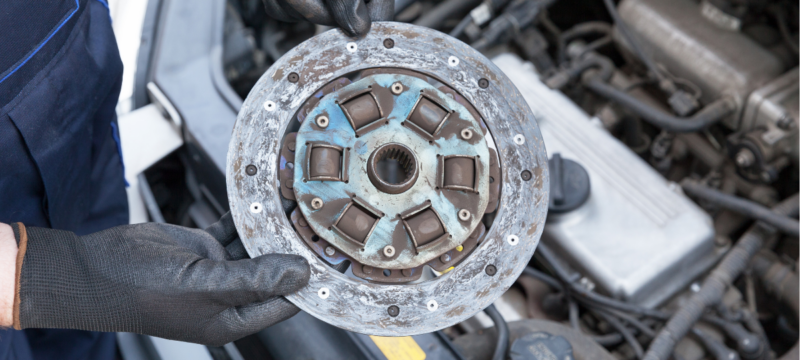When it comes to car mechanics, there is one crucial component that serves as the bridge between the engine and the transmission – the clutch. Over the years, the clutch has played a vital role in ensuring smooth gear transitions and effective power delivery. In this article, we will delve into the inner workings of the clutch, its various types, and how it functions to bridge the gap in car mechanics.
Understanding the Clutch
The clutch is an essential part of a manual transmission system, which allows the driver to engage or disengage the engine from the wheels. It consists of several components, including the clutch plate, flywheel, pressure plate, and release bearing. When the clutch pedal is depressed, these components work in unison to separate the engine’s power from the transmission system, allowing the driver to shift gears smoothly.
Friction-Based Clutch Systems
One common type of clutch system is the friction-based clutch. This type of clutch utilizes a clutch plate, made up of friction material, which acts as the intermediary between the engine and the transmission. When the clutch pedal is pressed, the pressure plate releases the clutch plate, disengaging it from the flywheel and interrupting the power flow. This interruption allows the driver to change gears or bring the vehicle to a stop without stalling the engine.
Hydraulic Clutch Systems
Another type of clutch system gaining popularity is the hydraulic clutch. This system uses hydraulic pressure to transfer force from the clutch pedal to the clutch engagement mechanism. Unlike mechanical clutches, which require a direct mechanical linkage, hydraulic clutches offer a smoother and more precise pedal feel. The hydraulic fluid helps transmit the force from the pedal to the clutch, making gear shifting effortless.
Dual-Clutch Systems
Dual-clutch systems, often found in high-performance vehicles, provide lightning-fast gear changes by having two separate clutches. Each clutch controls a set of gears, allowing for seamless transitions between them. When the vehicle is in a particular gear, the next gear’s clutch is pre-engaged, ready to switch instantly when needed. By minimizing the time it takes to shift gears, dual-clutch systems enhance performance and fuel efficiency.
Braking with the Clutch
Beyond gear shifting, the clutch also plays a crucial role in the process of braking. Coasting or braking with the clutch pedal depressed allows the engine to disengage from the wheels. By doing so, the vehicle can decelerate without relying solely on the brakes, reducing wear and tear on the braking system. Additionally, braking with the clutch helps to maintain better control, especially in slippery road conditions.
Clutch Maintenance and Troubleshooting
Like any mechanical component, clutches require proper maintenance to ensure longevity and optimal performance. Regular inspections by a professional mechanic, such as those at Pinecrest Shell & Auto Repair, can identify potential issues before they become major problems. Common clutch problems include slipping, hard engagement, or strange noises during gear changes. Addressing these issues promptly will prevent further damage and ensure a smooth driving experience.
Conclusion
The clutch is a fundamental component that bridges the gap between the engine and transmission in a car’s mechanics. Whether it’s a friction-based clutch, a hydraulic system, or a sophisticated dual-clutch setup, the clutch ensures smooth gear shifting and efficient power delivery. Understanding the inner workings and types of clutches empowers drivers to appreciate the role this component plays in their daily commutes. Remember, regular maintenance and troubleshooting by trusted professionals, such as the team at Pinecrest Shell & Auto Repair, can keep your clutch operating at its best and ensure a seamless driving experience. Book an appointment with us today!



Leave a Comment